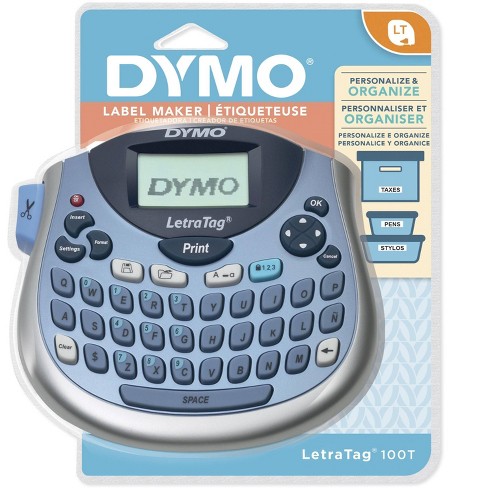

Using the same technique, we can get formulas for all remaining regressions. Using the formula for the derivative of a complex function we will get the following equations:Įxpanding the first formulas with partial derivatives we will get the following equations:Īfter removing the brackets we will get the following:įrom these equations we can get formulas for a and b, which will be the same as the formulas listed above. To find the minimum we will find extremum points, where partial derivatives are equal to zero. We need to find the best fit for a and b coefficients, thus S is a function of a and b. Let's describe the solution for this problem using linear regression F=ax+b as an example. Thus, when we need to find function F, such as the sum of squared residuals, S will be minimal Some of the worksheets for this concept are Concept 7 writing linear equations, Input output tables, Writing exponential functions from tables, Tables of values, Independent and dependent variables, Lesson day 1, Real world linear equation work and. The best fit in the least-squares sense minimizes the sum of squared residuals, a residual being the difference between an observed value and the fitted value provided by a model. Displaying top 8 worksheets found for - Create Equation From Table. We use the Least Squares Method to obtain parameters of F for the best fit. Thus, the empirical formula "smoothes" y values. In practice, the type of function is determined by visually comparing the table points to graphs of known functions.Īs a result we should get a formula y=F(x), named the empirical formula (regression equation, function approximation), which allows us to calculate y for x's not present in the table. We need to find a function with a known type (linear, quadratic, etc.) y=F(x), those values should be as close as possible to the table values at the same points. We have an unknown function y=f(x), given in the form of table data (for example, such as those obtained from experiments). Exponential regressionĬorrelation coefficient, coefficient of determination, standard error of the regression – the same as above. Logarithmic regressionĬorrelation coefficient, coefficient of determination, standard error of the regression – the same as above.

Hyperbolic regressionĬorrelation coefficient, coefficient of determination, standard error of the regression - the same as above. Step 2 : Choose any two points in the form (x, y), from the table to find the slope : For example, let us choose (100, 14) and (200, 20). Solution : Step 1 : Notice that the change in cost is the same for each increase of 100 minutes. ab-Exponential regressionĬorrelation coefficient, coefficient of determination, standard error of the regression – the same. Write an equation in slope-intercept form to represent the situation. Power regressionĬorrelation coefficient, coefficient of determination, standard error of the regression – the same formulas as above. System of equations to find a, b, c and dĬorrelation coefficient, coefficient of determination, standard error of the regression – the same formulas as in the case of quadratic regression.


 0 kommentar(er)
0 kommentar(er)
